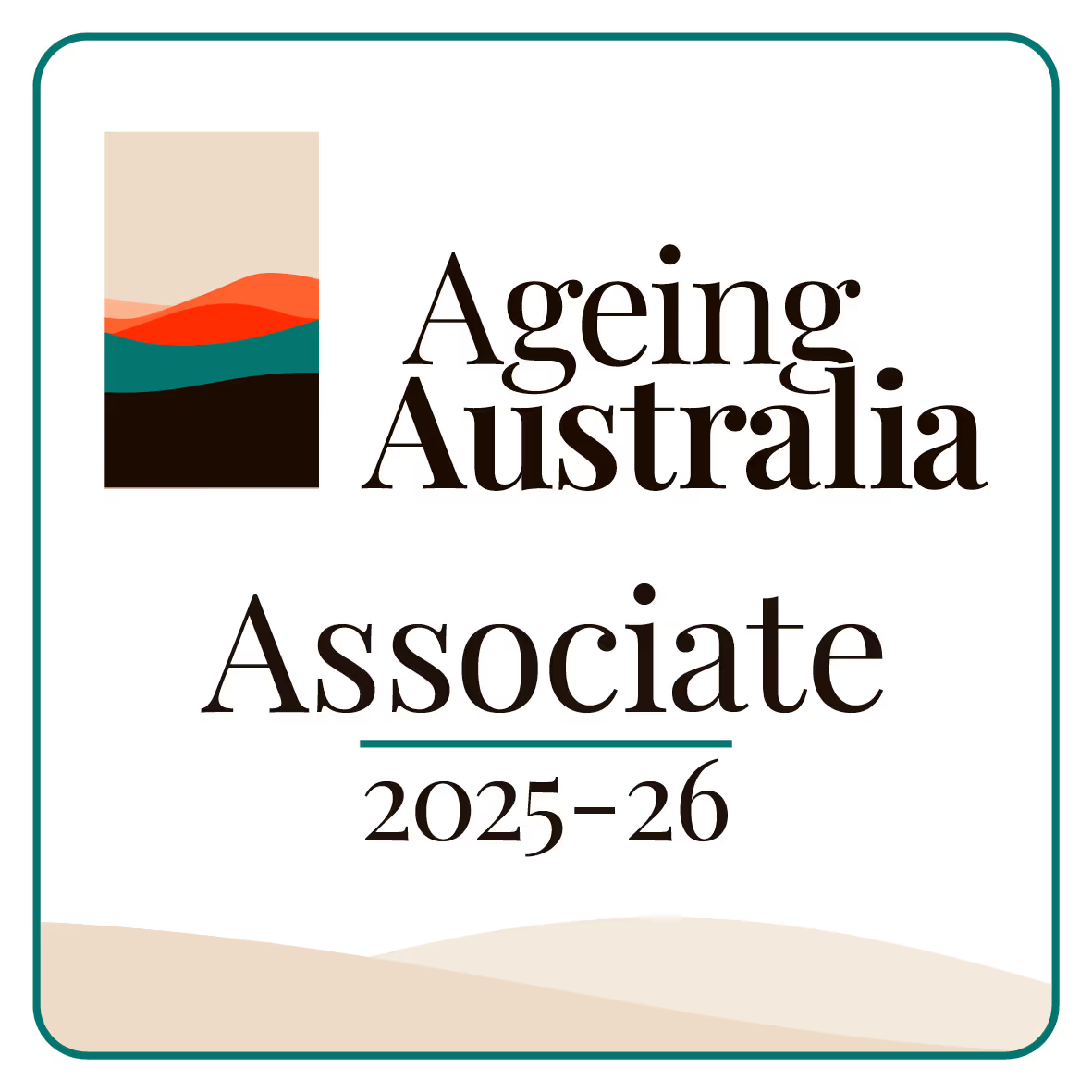You know the saying, “You cannot fix what you do not know is broken.” That is the heart of a needs assessment. Before any aged care policy gets written, someone needs to ask the big questions: What do older people actually need? Are services available where they live? And is there anything missing that is causing people to fall through the cracks?
This is where you come in. Whether you work in aged care, healthcare, or policy planning, understanding how to carry out a proper needs assessment is like using a torch in a dark room. It helps you see what is really going on so you can make smart, people-focused decisions.
Let us walk through how this works, why it matters, and how you can make a real difference.
What is a Needs Assessment Anyway?
A needs assessment is a process of collecting information to figure out what people in a certain group actually require. In aged care, this means looking at older people’s day-to-day lives, their health, social connections, support systems, and what services are available to them—or missing altogether.
Think of it like baking a cake. You do not just throw random ingredients in a bowl and hope for the best. You check what is needed, what you already have in the pantry, and what you might need to buy. A needs assessment works the same way—it helps you understand the ingredients needed to “bake” a better aged care system.
.png)
Why It Matters in Aged Care
Older people are not all the same. Some may live in bustling suburbs with easy access to services. Others may live in remote areas with few choices. Some might need physical support. Others may need help with memory loss or social isolation. Aged care needs are as wide and varied as the people themselves.
If you skip the needs assessment, you risk guessing. And in aged care, guessing can lead to wasted time, misplaced funding, and worse—older people going without the help they need.
Looking at the Bigger Picture
It is not just about one person or one home. A good needs assessment takes into account community needs, not just individual ones. That means stepping back and looking at trends, patterns, and feedback from the broader population. Where are the service gaps? Are there enough nurses? Enough transport options? What about meals or mental health support?
This process helps you move from hunches to facts. From broad ideas to focused actions.
The Three Key Steps
Let us break it down into three clear parts. No fancy words. Just real talk.
1. Gather the Right Information
This is where your detective hat comes in handy. You need to look at:
- Population data – How many older people live in the area? What are their ages, languages spoken, and cultural backgrounds?
- Health records – Are people dealing with more chronic diseases, memory loss, or mobility issues?
- Surveys and interviews – What are people actually saying they need? This is where their voices matter most.
- Existing services – What is already being offered in the area? Is it enough? Is it in the right place?
You can think of this step like walking around a farm before you start planting. You need to know the land before choosing what seeds to sow.
.png)
2. Identify Gaps and Priorities
Once the information is in, it is time to roll up your sleeves. What stands out? Maybe a town has no aged care transport options. Maybe the local facility is full and has a two-year waitlist. Maybe people want more social programs but only get medical visits.
This is your chance to shine a light on the holes in the system. What is missing? Where are people struggling? What keeps popping up in conversations?
A great way to sort this is by asking:
- What is urgent?
- What is important?
- What is possible right now?
3. Plan Your Response
Now comes the action. Based on what you know, what can be done? This is where policy ideas are born. You might think about:
- New services needed (for example, in-home care or mental health support)
- Improving access (like transport or phone-based services)
- Building partnerships (between hospitals, aged care homes, councils, and more)
- Training programs (for workers to meet specific needs)
It does not have to be grand. Even small changes, like better meal delivery schedules or check-in calls, can make a big difference when they are targeted and timely.
What Makes an Assessment Truly Effective?
You do not need to be a wizard to do this well, but a few good habits help.
Listen More Than You Talk
Older people and their families often know what they need better than anyone. So ask, listen, and take their feedback seriously. Try not to come in with all the answers—come in with curiosity.
Keep It Local
What works in Melbourne might flop in Mildura. Needs assessments must reflect local conditions. A one-size-fits-all plan usually ends up fitting no one well.
Update Regularly
People’s needs change. Health conditions shift. Populations grow or shrink. A needs assessment should not gather dust on a shelf. Keep it updated so your plans stay relevant.
Work With Others
Needs assessments should not happen in a vacuum. Bring in voices from aged care, healthcare, local councils, family carers, and older people themselves. You will get a fuller picture and better ideas.
Avoiding Common Pitfalls
Even with the best intentions, things can go sideways. Here are some bumps to watch out for:
- Ignoring quiet voices – Not everyone speaks up easily. Go the extra mile to hear from harder-to-reach groups.
- Rushing the process – Good assessments take time. If you skip steps, you might miss the most important needs.
- Assuming things have not changed – Just because something was true five years ago does not mean it still is.
- Writing a report no one reads – Make your findings useful. Summarise clearly. Share widely. Invite feedback.
.png)
Why It Makes a Difference
When you take the time to do a proper needs assessment, you are laying the groundwork for aged care policies that actually work. It means older people are more likely to get help when and where they need it. It means workers are not stretched beyond their limits. It means services are placed where they can do the most good.
Think of it as the map before the journey. Without it, you are guessing the direction. With it, you are planning a route that makes sense.
Bringing It All Together
So, where do you go from here?
If you work in aged care or healthcare, you are already part of the bigger picture. Every conversation, every observation, every note you make adds to the story. The key is turning that story into something useful—something that guides smart decisions.
Needs assessments might not grab headlines, but they are the bedrock of good policy. Done right, they are practical, people-focused, and powerful. Not just for planners or politicians—but for every older person who deserves to live with dignity and support.
Final Thoughts
No one wants to be left behind. And no one should have to shout to be heard. Needs assessments help you tune in to the voices that matter and point the way forward.
So go ahead—ask the questions, find the gaps, and help shape a future that treats older people with the care and respect they deserve.
And if all else fails, remember this: It is a bit like cleaning out the garage. Messy at first, maybe overwhelming, but totally worth it when everything is in the right place.










